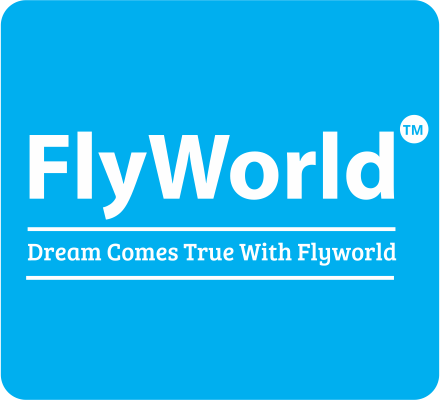CRS scores continues to decline as the number of ITAs increases.
On September 14, Immigration Refugees and Citizenship Canada (IRCC) issued 3,250 invitations to apply in the most recent Express Entry draw, the sixth since all-program draws resumed on July 6.
The minimum cut off Comprehensive Ranking System (CRS) score was 511. There was no program specified for the draw, meaning that invitations were issued to candidates from the Canadian Experience Class (CEC) and the Federal Skilled Worker Program (FSWP) and the Federal Skilled Trades Program (FSTP). Express Entry is one of the most prominent pathways for immigrating to Canada.
Until the last draw on August 31, the number of candidates receiving ITAs grew by 250 with each draw. Last week saw a marked increase of 500 ITAs and today’s draw is a continuation of that trend. There has also been a gradual decline in the minimum CRS score, which has lost between eight or nine points each draw. However, this draw is different as there was only a five-point decrease. The minimum CRS score in the July 6 draw was 557.
IRCC paused all-program Express Entry draws for over 18 months, starting in December 2020. During this time, only candidates eligible for permanent residence under the CEC or the Provincial Nominee Program (PNP) were invited to apply. However, CEC draws were also paused in September 2021.
Canada is on track to welcome nearly 432,000 immigrants
Immigration Minister Sean Fraser has recently said that by the end of 2022 Canada will break its current record of 405,330 new immigrants in a year. As of the end of June, Canada has already welcomed over 300,000 new permanent residents in 2022.
So far this year Canada has welcomed 40,785 immigrants through Express Entry. It is possible that if immigration continues at its current speed, Canada could even exceed the 2022 Immigration Levels Plan target of nearly 432,000.
To facilitate these numbers, IRCC has undertaken measures such as making the application process 100% digital as well as hiring an additional 1,250 new staff members.
Canada continues to push for more immigration as it tries to cope with a historically low unemployment rate as well as over one million job vacancies. The increased amount of retirement over the next decade, combined with a low birth rate, means Canada is not able to support the labour force or economy without immigration.
Changes coming in 2023
To better target gaps in the labour force, IRCC plans to make a major change to Express Entry in 2023. Most notably, these changes would give the department authority to issue ITAs to individuals with specific work experience, education, or language ability. It could be any candidate from groups they believe will be well-positioned to support Canada’s economy and labour force. This will have an impact on the relevance of CRS scores in some instances and they may become less vital in some future draws.
In June, Immigration Minister Sean Fraser explained the rationale for this proposal while on stage at Collision, a technology conference, stating “If we can project skills that are needed over the next 20 to 30 years, we can bring people who can hit the ground running and make a major economic impact.”
What is Express Entry?
Express Entry is the application management system for three Canadian immigration programs: the Canadian Experience Class (CEC), the Federal Skilled Worker Program (FSWP) and the Federal Skilled Trades Program (FSTP). Provincial Nominee Program (PNP) candidates in the Express Entry pool are already eligible for at least one of these programs.
Express Entry uses a points-based system, the Comprehensive Ranking System (CRS), to rank candidates’ profiles. The top-scoring candidates receive an Invitation to Apply (ITA) and can then apply for permanent residency.
After the candidate applies, an IRCC officer reviews the application and makes a decision. The officer will ask for biometrics and may set up an interview or request more documents. Once this is complete, if approved, the candidate is now a permanent resident of Canada and one step closer to becoming a Canadian citizen.



